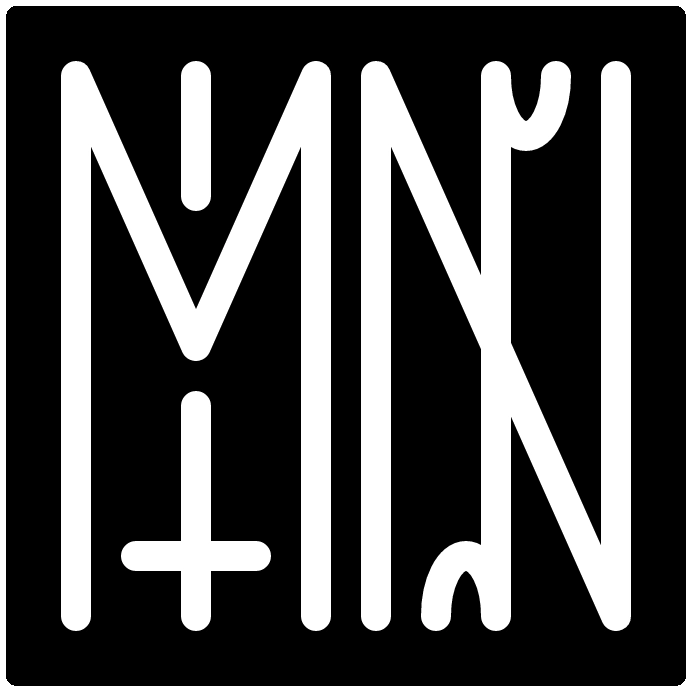semiosphere
the semiosphere is an idea in biosemiotic theory proposing that, contrary to ideas of nature determining sense and experience, the phenomenal world is a creative and logical structure of processes of semiosis where signs operate together to produce sense and experience.
— https://en.wikipedia.org/wiki/semiosphere
as a methodological abstraction, one may imagine language as an isolated phenomenon. However, in its actual functioning, language is molded into a more general system of culture and, together with it, constitutes a complex whole. The fundamental “task” of culture, as we will try to show, is in structurally organizing the world around man. Culture is the generator of structuredness, and in this way it creates a social sphere around man which, like the biosphere, makes life possible; that is, not organic life, but social life.
— lotman & ouspensky, on the semiotic mechanism of cultures,
new information in the semiosphere can be produced only as a result of a dialogue between different codes, by which he understands not simply different human or artificial languages,but different ways of organizing reality into coherent cognitive structures,or different ways of making reality conform to our understanding […] it is important that we see the semiosphere not merely as a network of human and artificial intelligence, a kind of world-wide technological exchange but, in keeping with lotman’s view, as a membrane of human conscious acts, which makes communication possible, but cannot be reduced to mere communication and exchange of ‘know how.’”
— lin steiner, toward an ideal universal community: lotman's revisiting of the enlightenment and romanticism,
in the reality of the semiosphere, the hierarchy of languages and texts, as a rule, is disturbed: and these elements collide as though they coexisted on the same level. texts appear to be immersed in languages which do not correspond to them, and codes for deciphering them may be completely absent. imagine a room in a museum, where exhibits from different eras are laid out in different windows, with texts in known and unknown languages, and instructions for deciphering them, together with explanatory texts for the exhibitions created by guides who map the necessary routes and rules of behaviour for visitors. if we place into that room still more visitors, with their own semiotic worlds, then we will begin to obtain something resembling a picture of the semiosphere.
— juri lotman, translated by wilma clarkon the semiosphere,
referenced by:  semiosphere-card-game
semiosphere-card-game  semiosphere-card-game
semiosphere-card-game


 anarchism
anarchism epistemic-disclosure
epistemic-disclosure